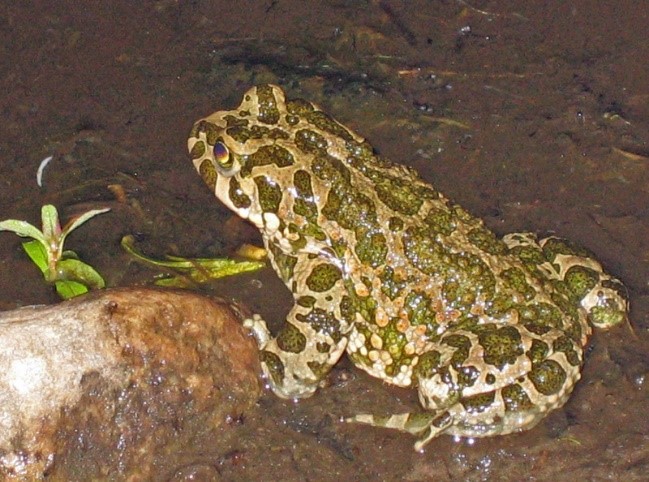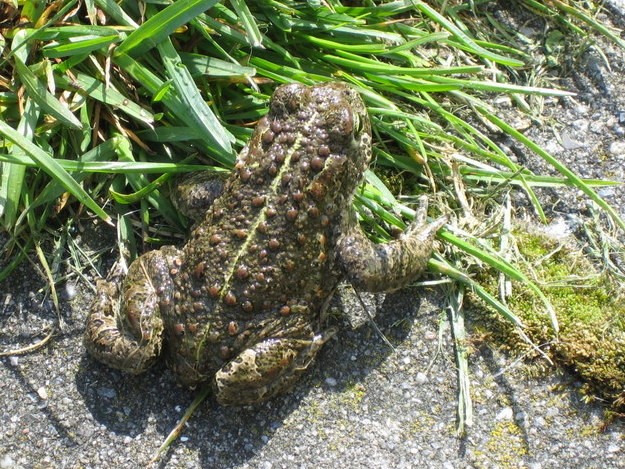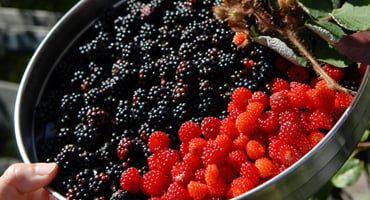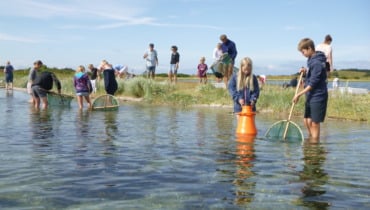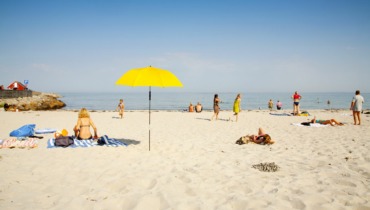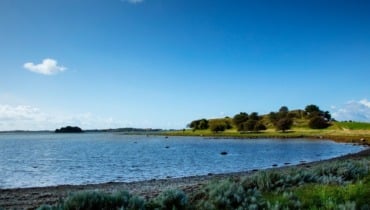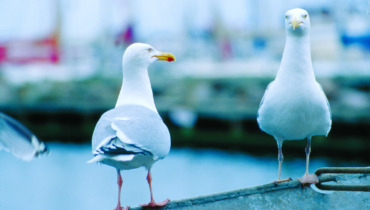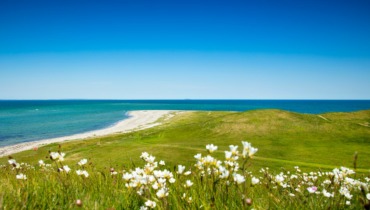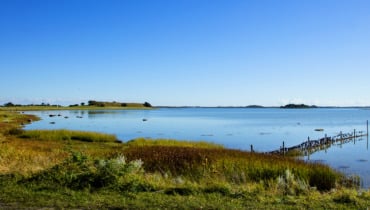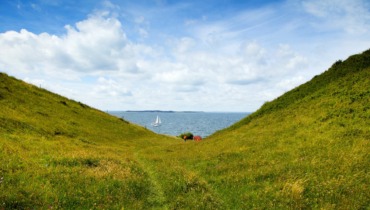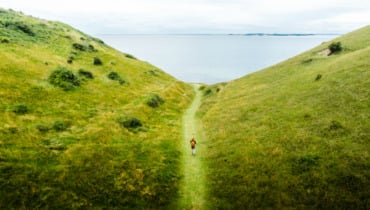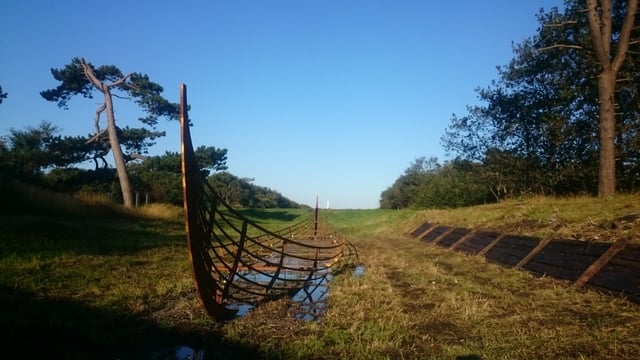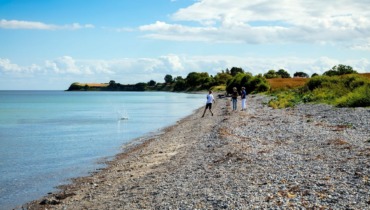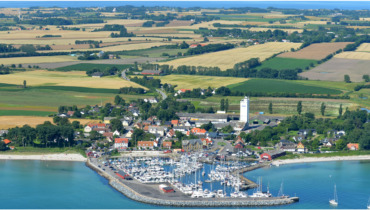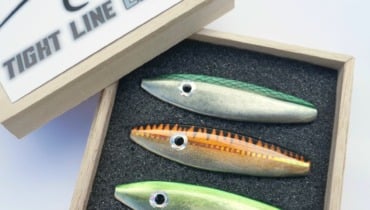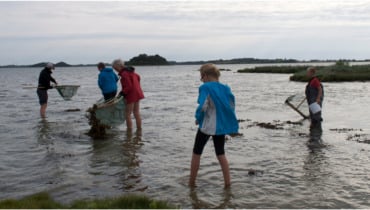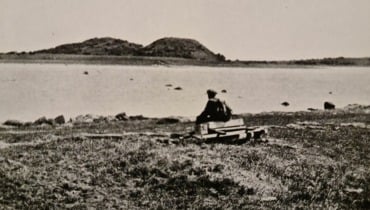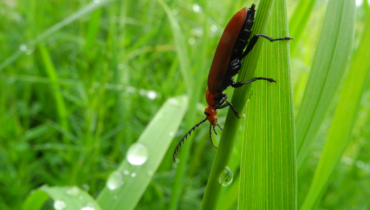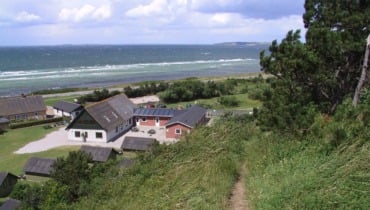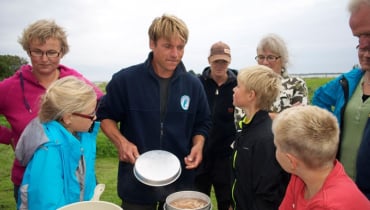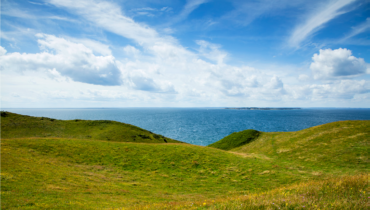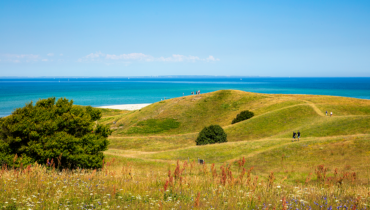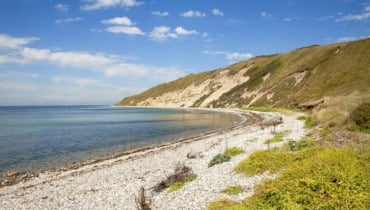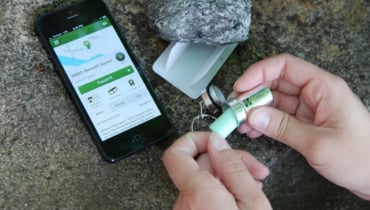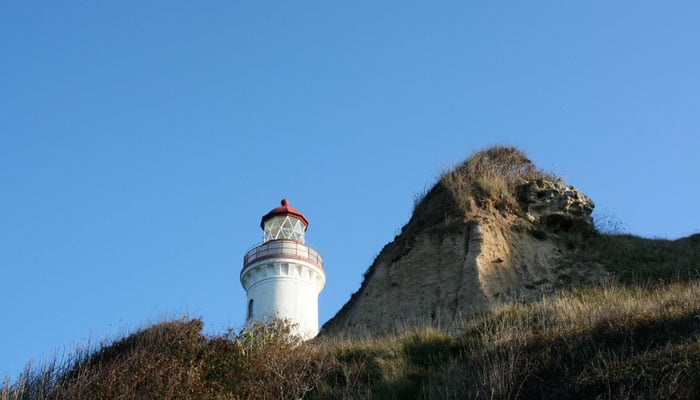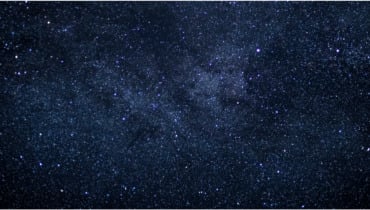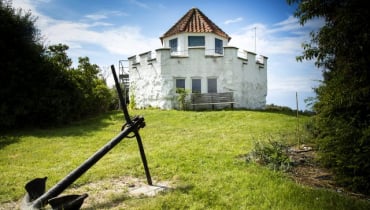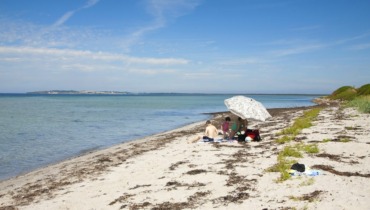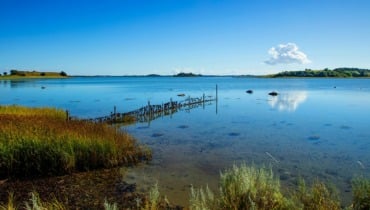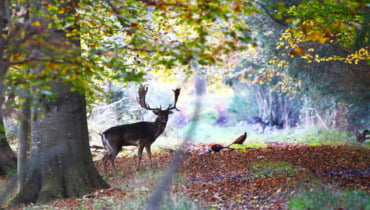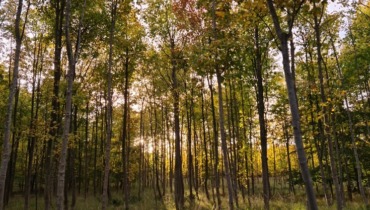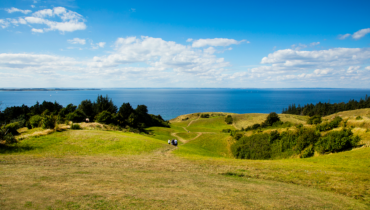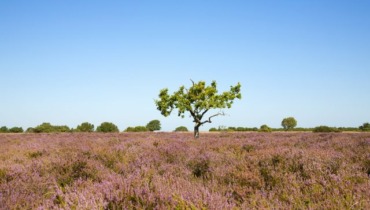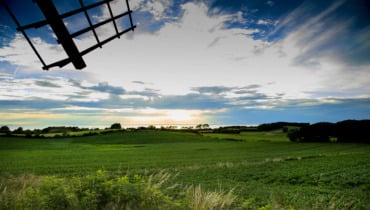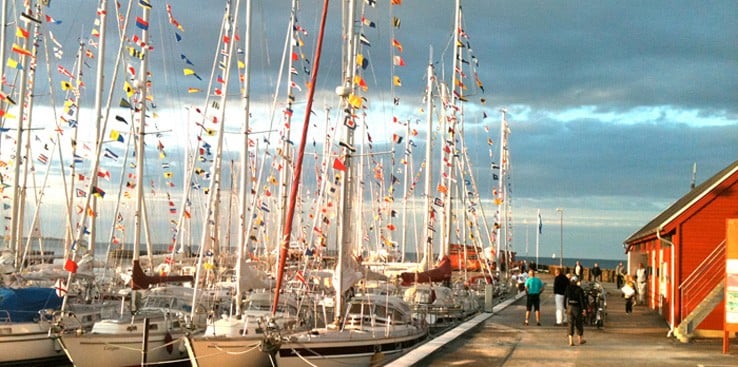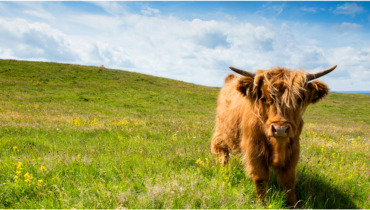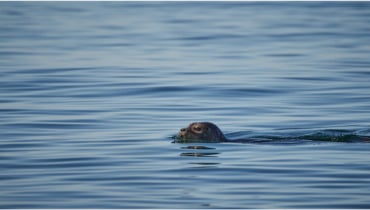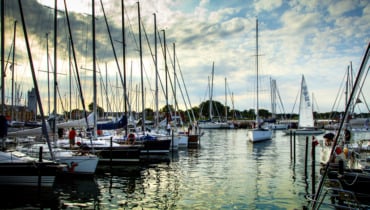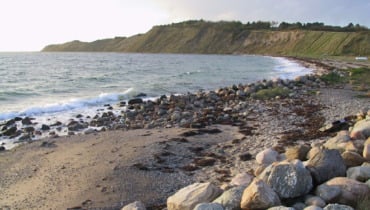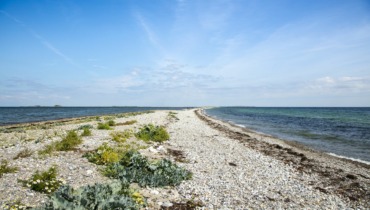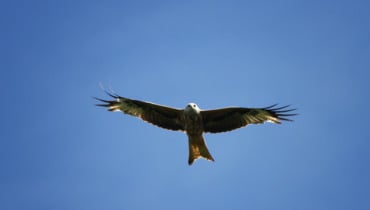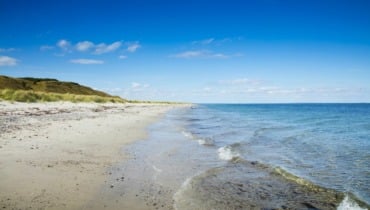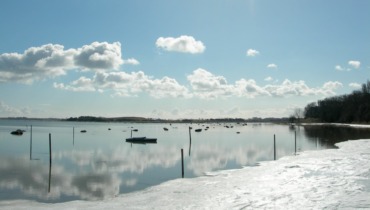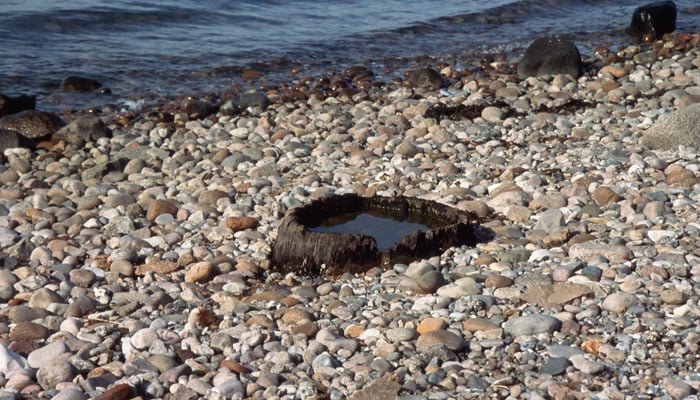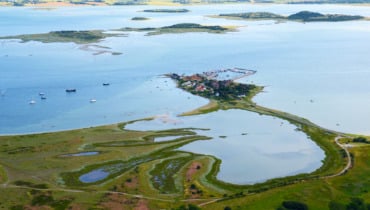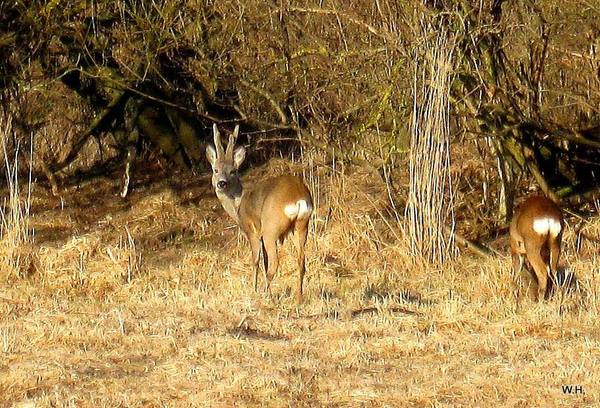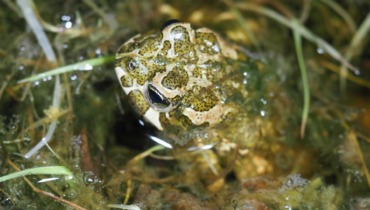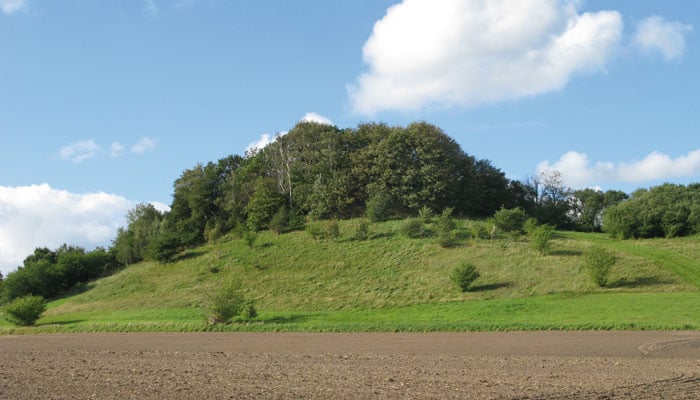The green toad – Samsø’s rare ‘Flute toad’
By Bjarne Manstrup, Nature guide in Samsø Municipality
In Denmark, there are three species of toad: Common toad, the natterjack toad and the green toad. The common toad is by far the most common. The other two species are rare.
On Samsø, it is almost the opposite. Here are no common toads, the natterjack toad is quite rare, whereas the green toad is common.
However, it wasn’t always the case. Throughout the 20th century, the landscape changed due to efficiencies in agriculture practice. Low lying wetlands were drained and ponds filled. It was bad for frogs and toads needing water to breed. In the 1970s and 80s, several studies of toads were made, and the result showed that they were close to disappearing from the island. In 1984, the green toads were only breeding successfully in one village pond on the whole island. But then something happened.
Farmers and other landowners were offered new state-funded ponds. The project received much support, and over the course of a few years, 30-40 new ponds were dug. Later, more were established and the toads usually discovered the new breeding sites quite quickly. The decline was reversed and the toad that was close to disappearing became widespread throughout most of the island.
In recent years, however, it seems that the toads are in decline again. Something suggests that the green toads prefer new breeding places and that they seem to lose interest when a water hole reaches a certain age. If this is the case, it is likely that a good effect can be obtained by cleaning existing ponds.
The green toad is known for its beautiful pattern of greyish and green colours. The male’s song, reminiscent of a flute, is heard from April to June. They are most active between 10pm and 2am.
The natterjack toad is brown in colour with a characteristic yellow stripe down the back. The male’s song is a long-drawn “snare”. They are also mainly active from dusk ’til dawn.
Last updated: 12/08/2020 13:00

